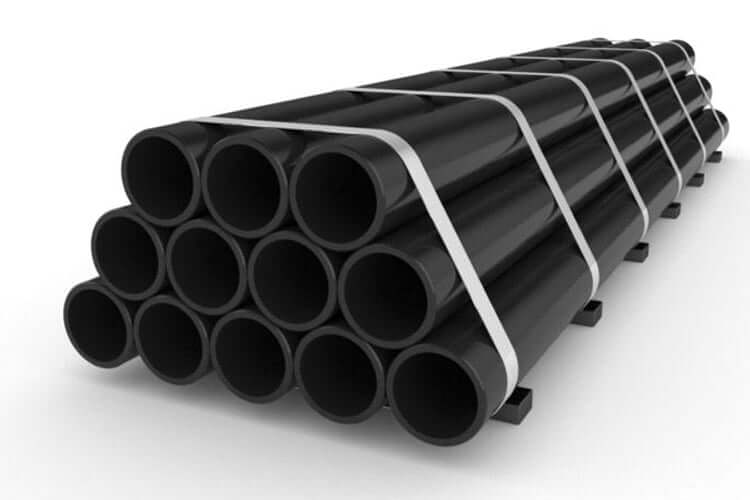
API 5L pipes are used in the oil and natural gas sectors to transport gas, water, and oil. Line pipe may be utilized in on-shore and off-shore oil and gas transmission and can fulfill all high-pressure transmission pipeline requirements for natural gas and petroleum.
API 5L is a standard developed by the American Petroleum Institute. API 5L refers to steel line pipe that is either seamless or welded. The goal of this specification is to provide standards for pipe that may be used in the oil and natural gas sectors to transport gas, water, and oil.
Different criteria for selling line pipe have been established by the American Petroleum Institute (API). API 5L GR-B PSL 1 Pipes are the two API 5L standards. Seamless and welded steel line pipe in grades X42 through X80 are covered by these specifications.
The API committee establishes standards for these pipes, which are required by most energy providers. PSL-1 and PSL-2 are standards created to assist with the more stringent criteria for each grade. These two fundamental criteria may be thought of as separate degrees of physical and technological requirements.
Differences:
PSL-1 is a flexible quality standard for line pipe, but PSL-2 has more testing requirements, tighter chemical physicals, and different mechanical property ceiling limitations, as well as Charpy impact testing circumstances.
Carbon is the first- For grade B and higher, the maximum carbon content for Seamless PSL1 pipe is 0.28 percent. The maximum carbon content in PSL2 pipes is 0.24 percent in all grades.
For welded PSL1 pipe, the maximum carbon content is 0.26 percent for grades B and above. The maximum carbon content in PSL2 welded pipes is 0.22 percent in all grades.
Phosphorus is the second element- Maximum Phosphorus for PSL1 pipe is 0.03 percent for grade A and above. The maximum Phosphorus content in PSL2 pipes is 0.03 percent in all grades. The only difference is that the grade is not an A.
Sulphur is the third element in the periodic table- The maximum sulphur content in PSL1 pipe is 0.03 percent. Sulphur content in PSL2 pipes is limited at 0.02 percent.
